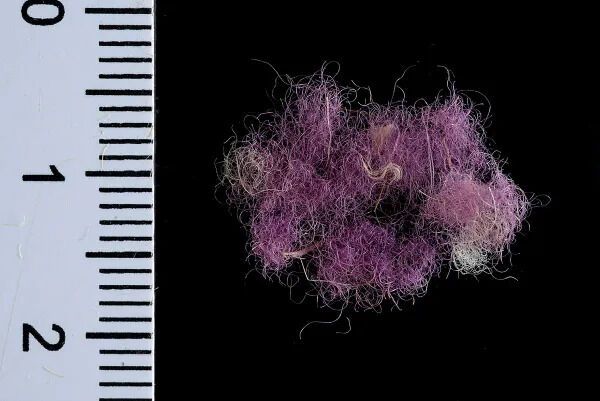Archaeologists reveal the secret of prosperity of the biblical kingdom of Israel

Israeli archaeologists have explained why the biblical kingdom of Israel was once prosperous. It's all about an ancient factory that thousands of years ago was one of the largest places for the production of royal purple, a dye used to decorate the clothes of rich and influential people across the Mediterranean.
Tel Shikmona, located on the shores of the modern city of Haifa, was interpreted as a Phoenician settlement that produced royal purple from sea snails. The dye was one of the most sought-after luxury goods in the ancient world, Haaretz reports.
For about two centuries, Shikmona was something of a joint venture: an industrial facility controlled by the biblical Kingdom of Israel and run by skilled Phoenician workers.
Read also: Fragments of a scroll with a text from the Book of the Twelve Minor Prophets found in Israel
Much of the pottery found at Shikmona was typical of the Phoenician culture, which then flourished on the coasts of present-day northern Israel and Lebanon and established colonies in the Mediterranean. But Shikmona also contained architectural elements, such as the casemate wall that surrounded the site and the three-room houses typical of Israelite sites inland.
The researchers took samples of purple stains found on dozens of earthenware vats from Shikmona and confirmed that the colour was indeed royal purple, which was painstakingly extracted from Murex sea snails in ancient times. Shikmona was apparently one of the most important places for the production of the dye known in the Bible as argaman, which was used to decorate precious fabrics such as the First Temple veil or the clothes of Roman emperors.

But in Shikmona, it has recently emerged that the Phoenicians were not alone. It did indeed begin as a Phoenician village in the early Iron Age, but in the mid-ninth century BC it changed dramatically. The material culture became a mixture of Israelite and Phoenician ceramics, and a casemate wall was built over the ancient village.
The unusual mix of Israelite and Phoenician material culture indicates an administrative takeover by the Israelites to take advantage of the economic potential of the site, while those who continued to work there were Phoenicians.

Recall that archaeologists in Peru have discovered a 3,000-year-old mummy under a pile of rubbish.
If you want to get the latest news about the war and events in Ukraine, subscribe to our Telegram channel!
